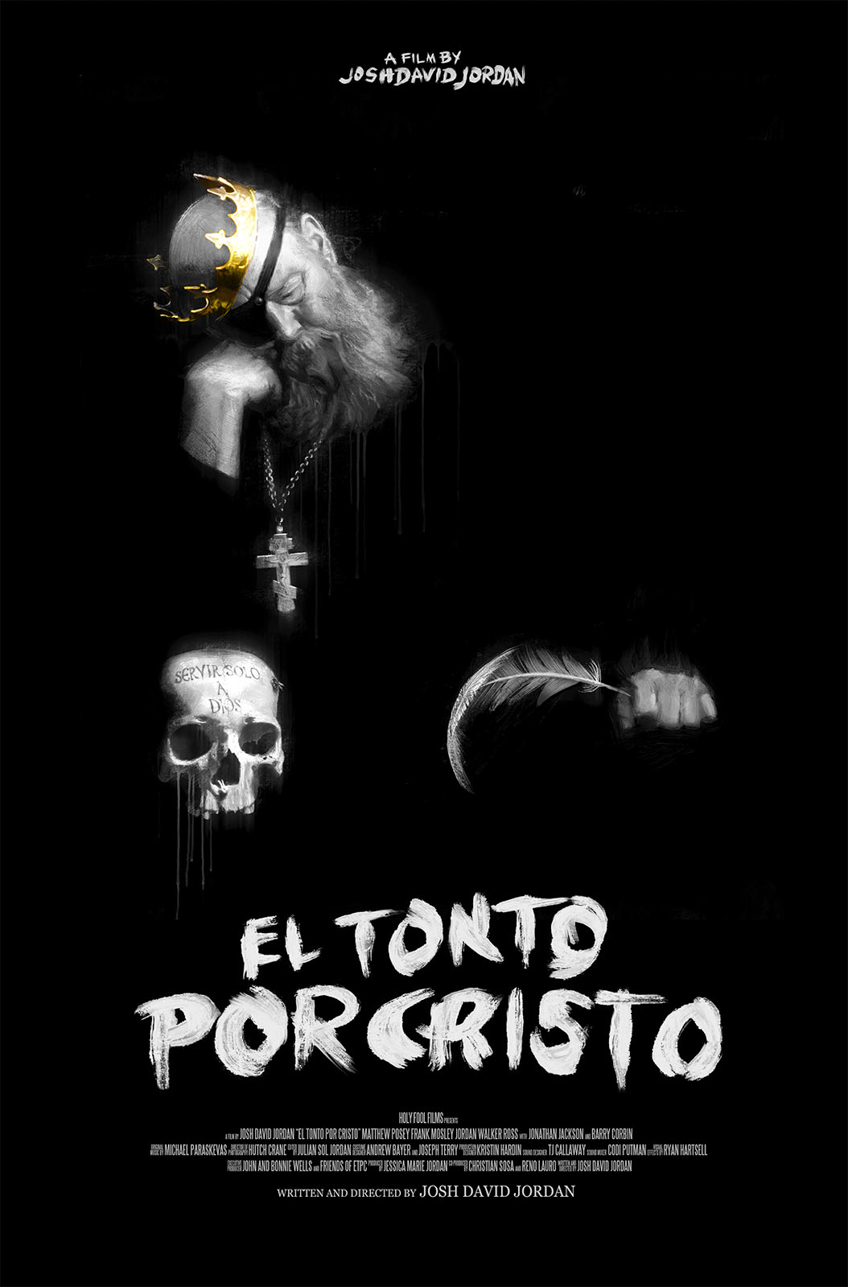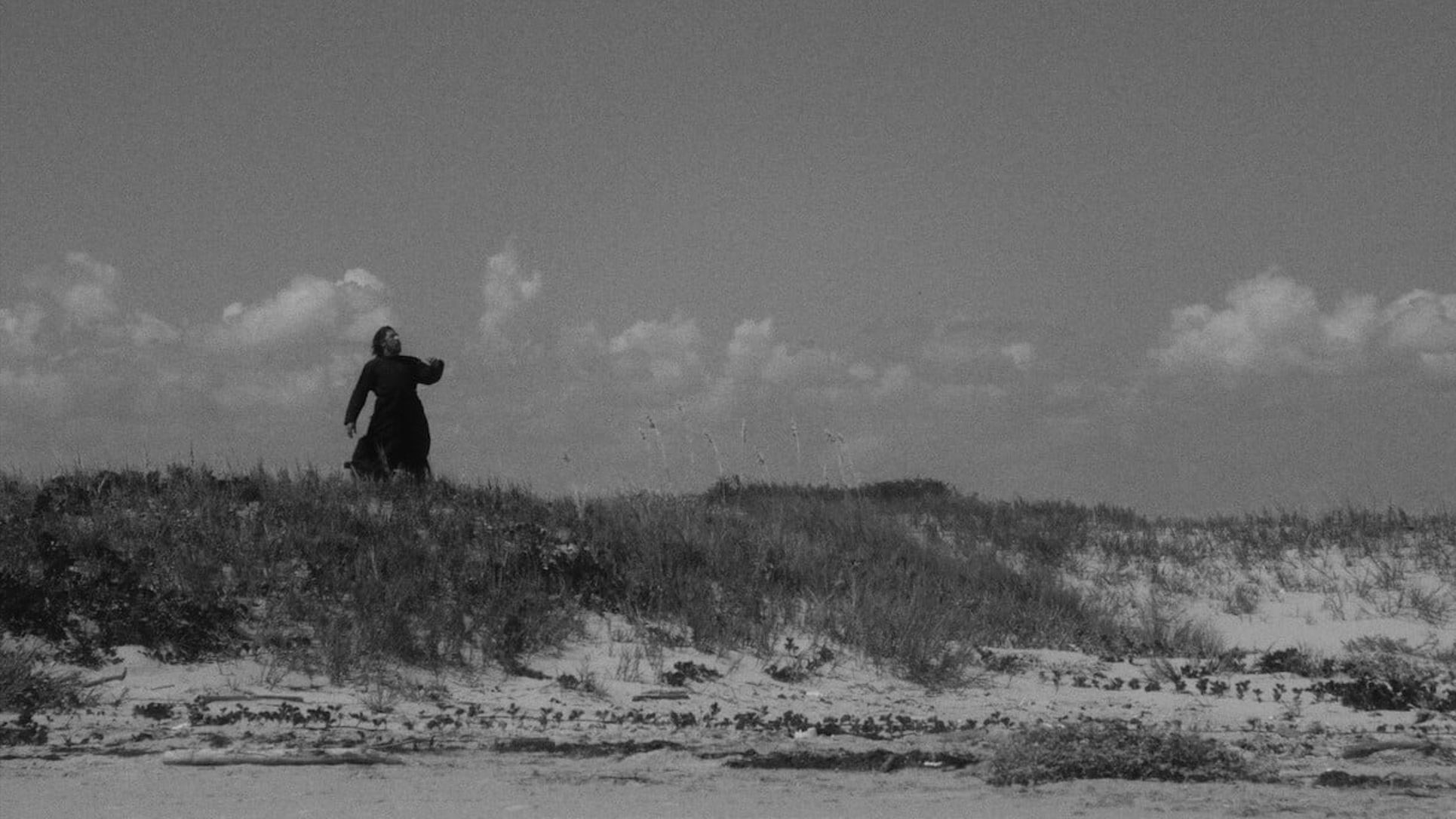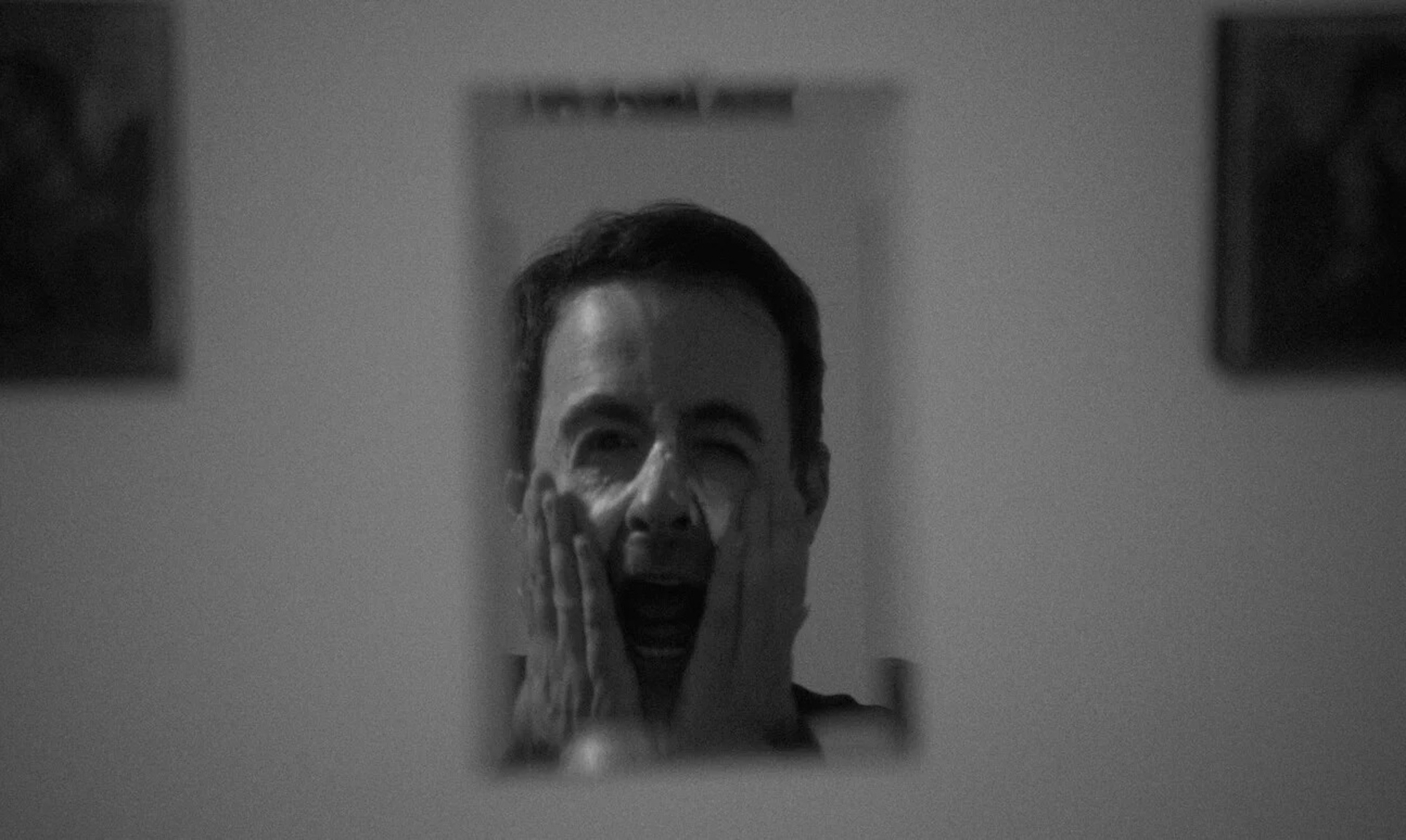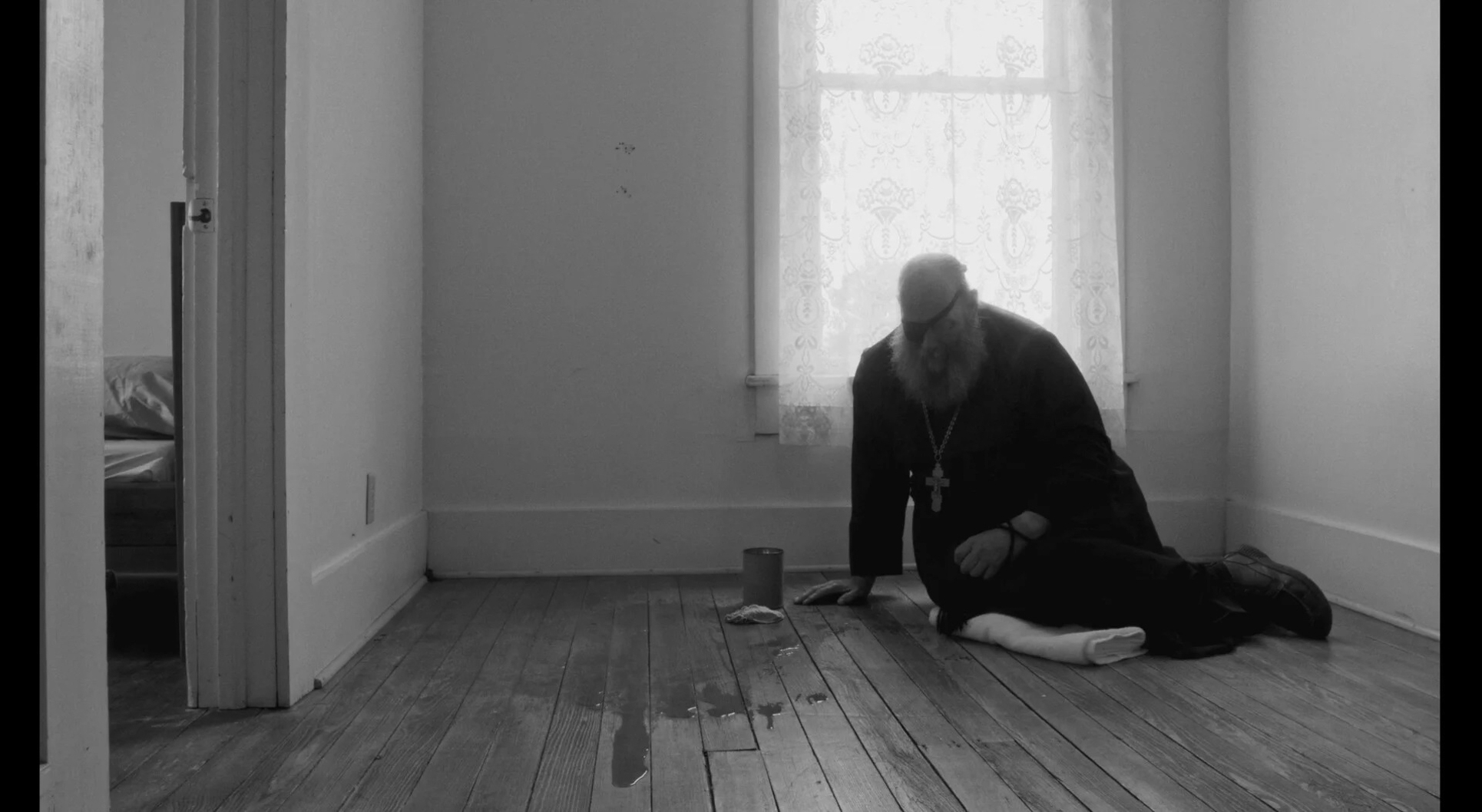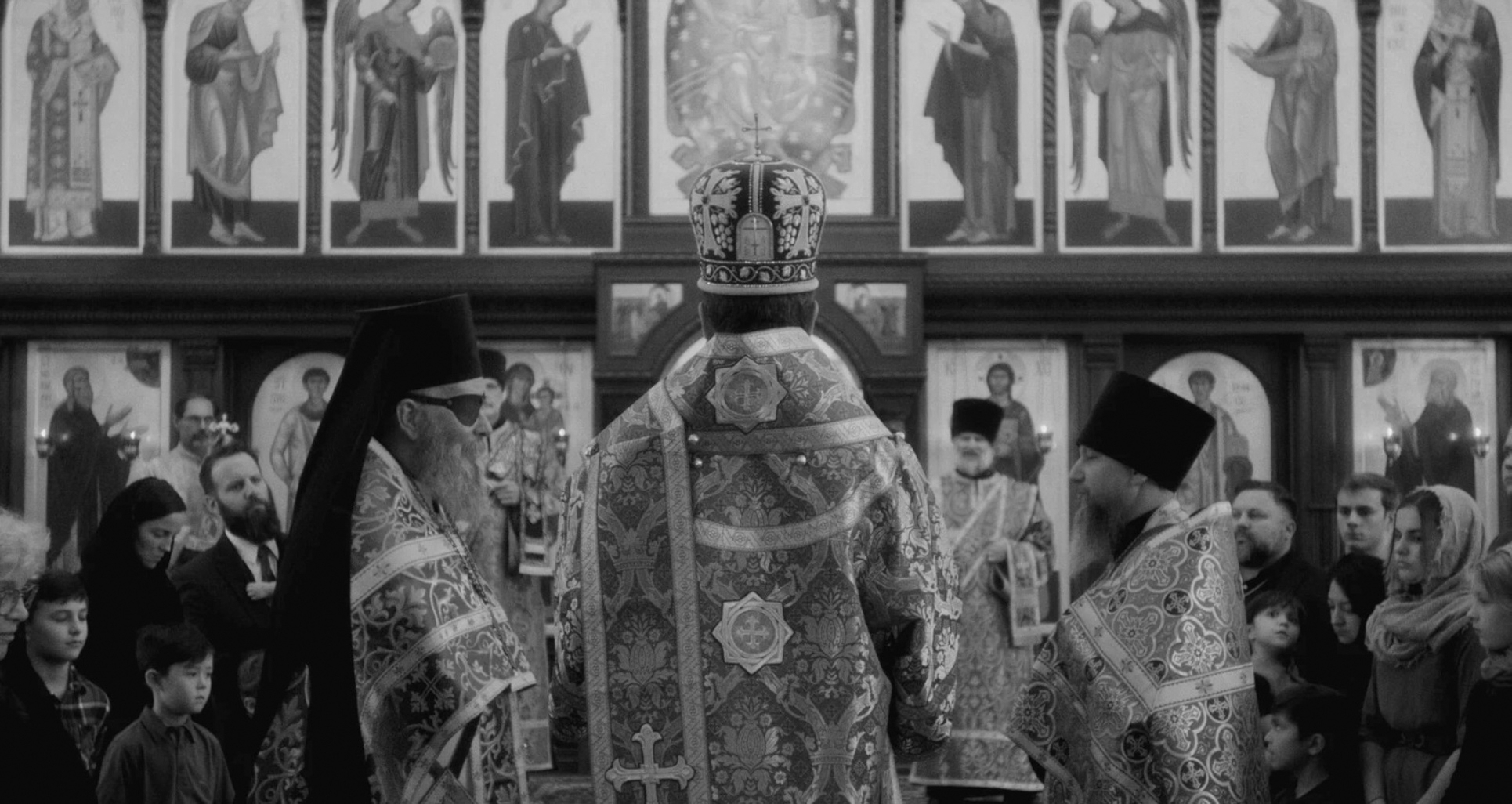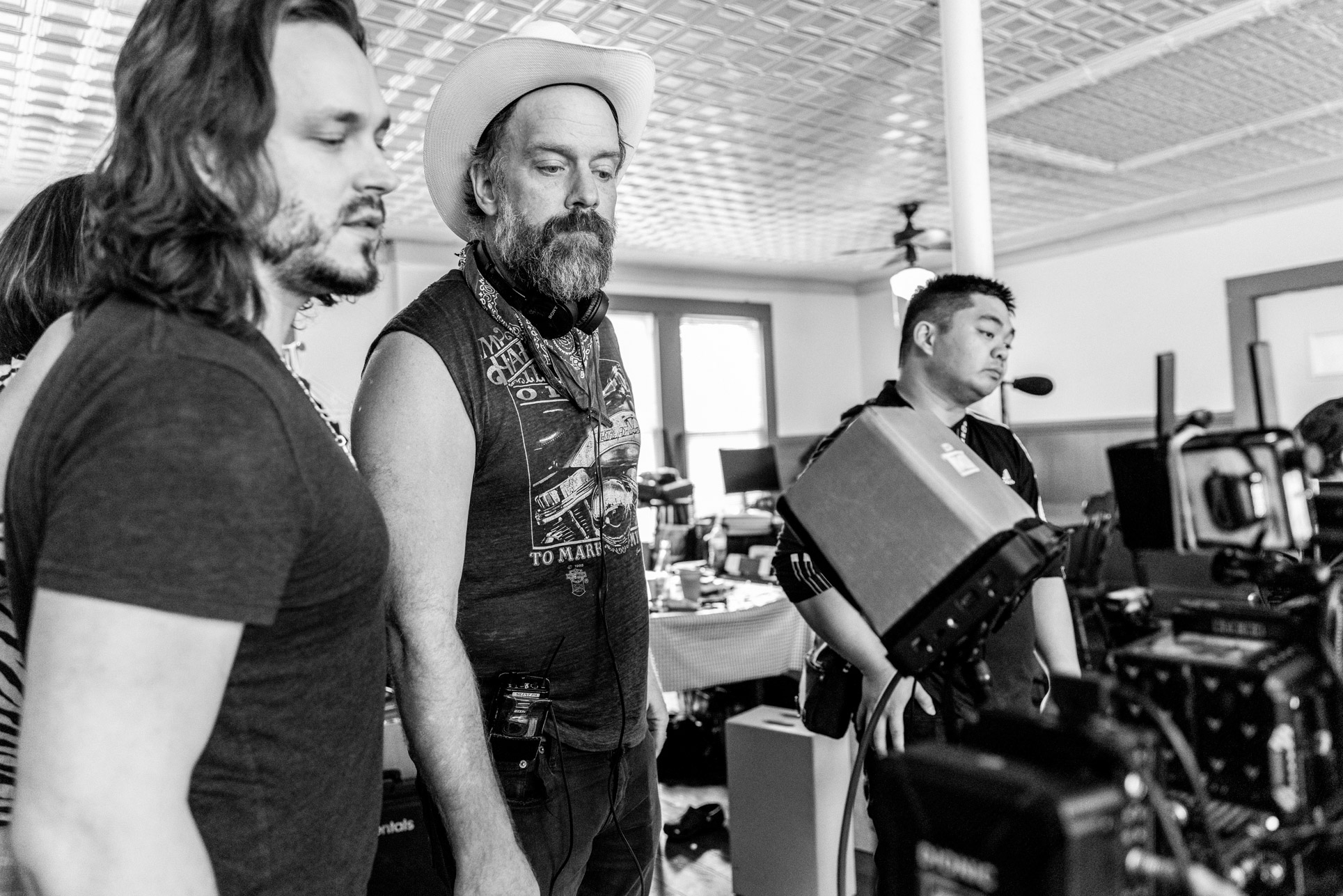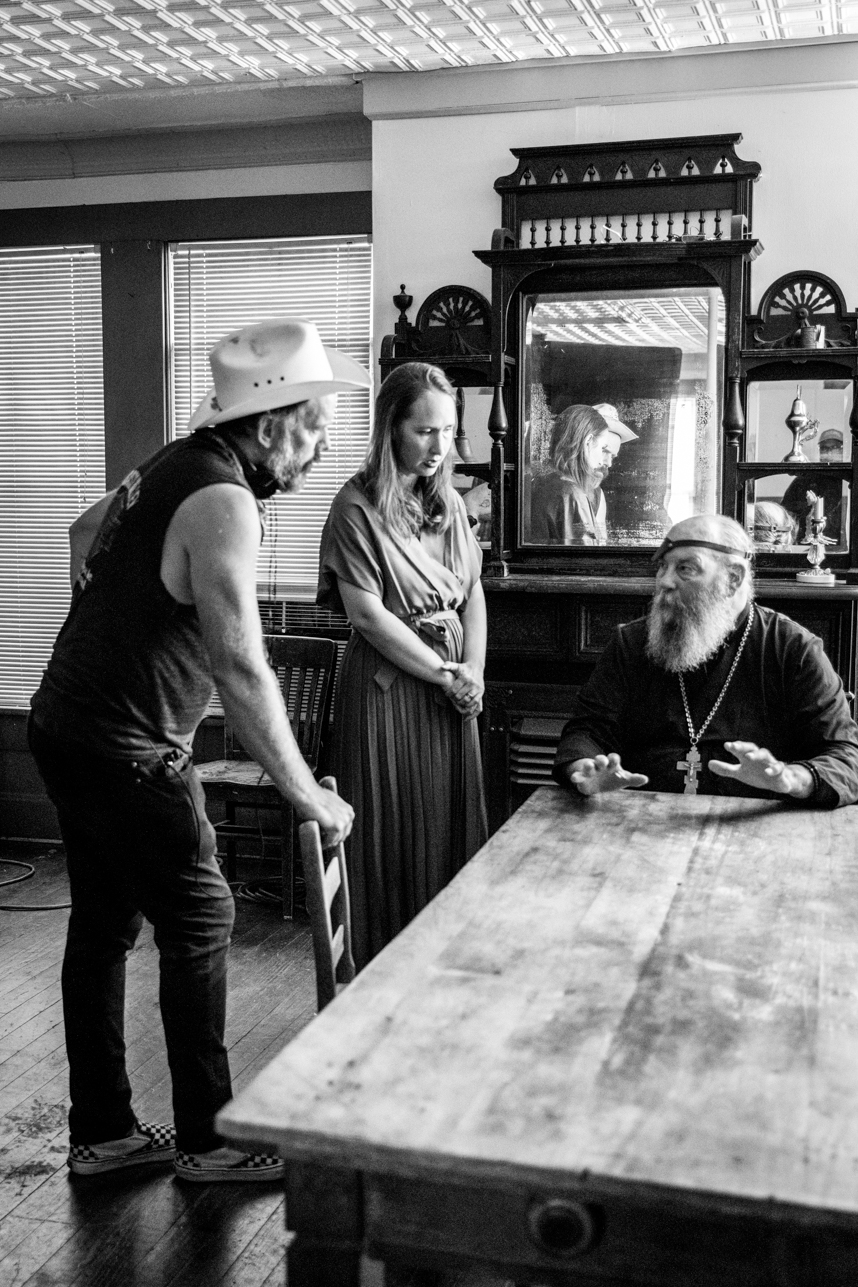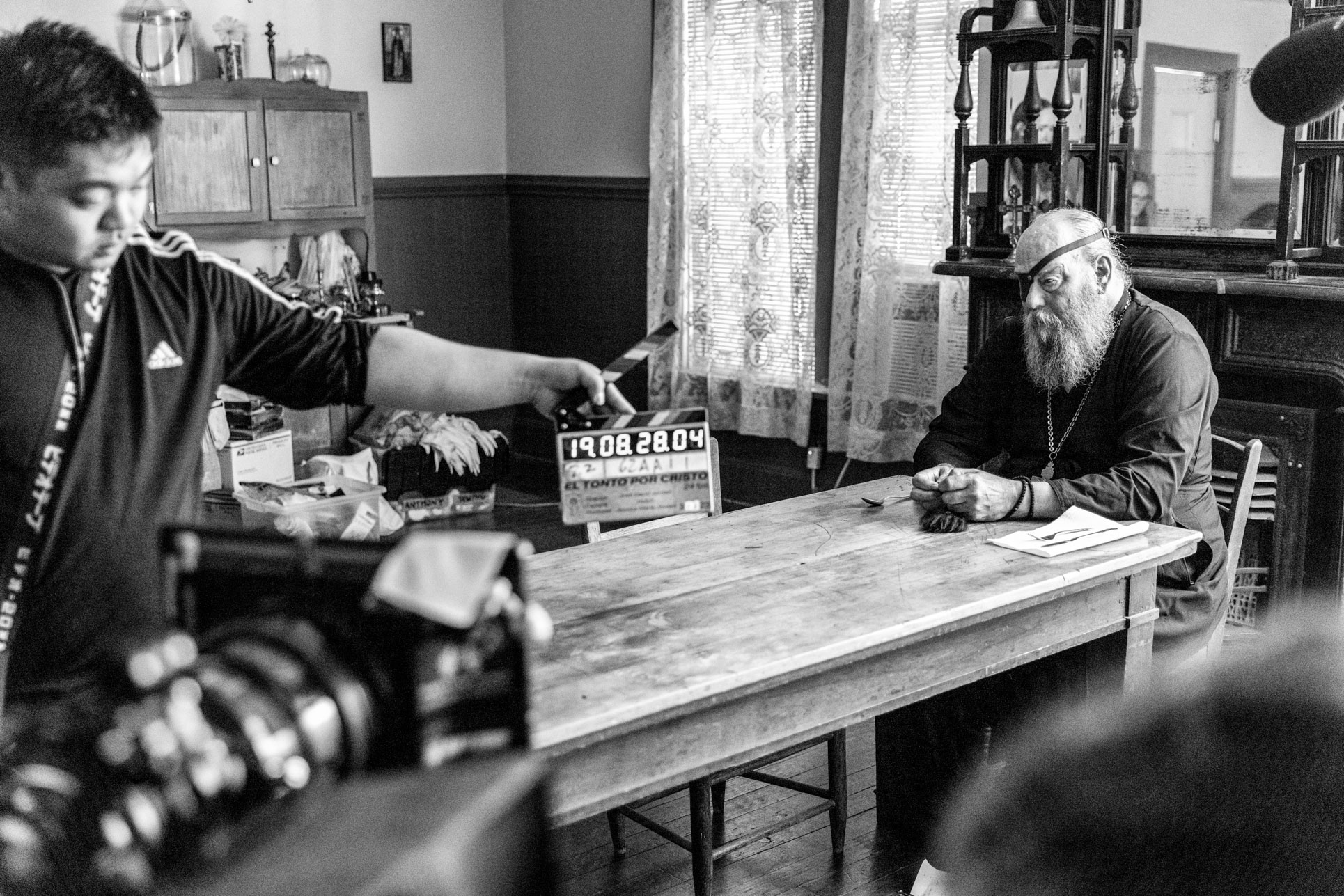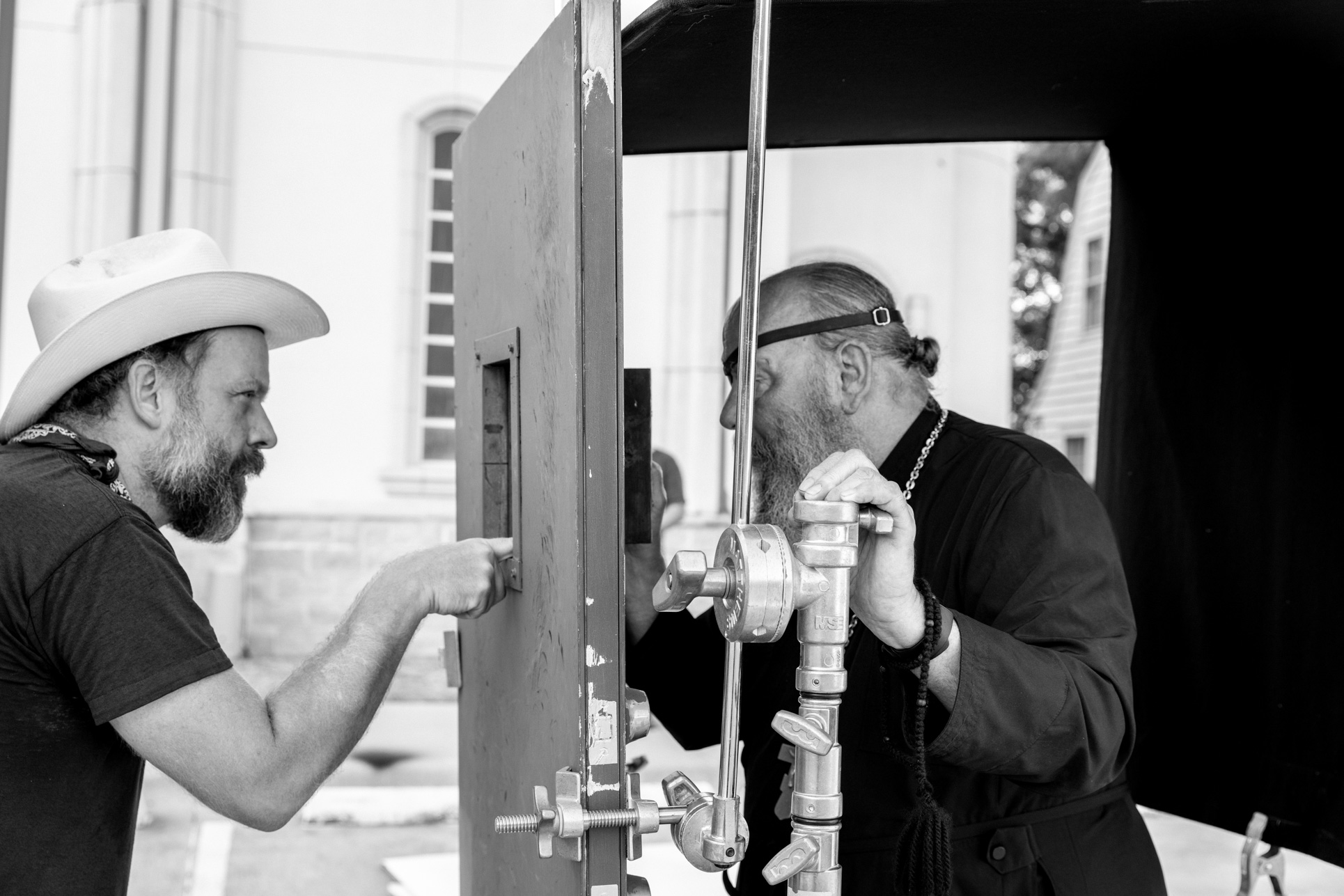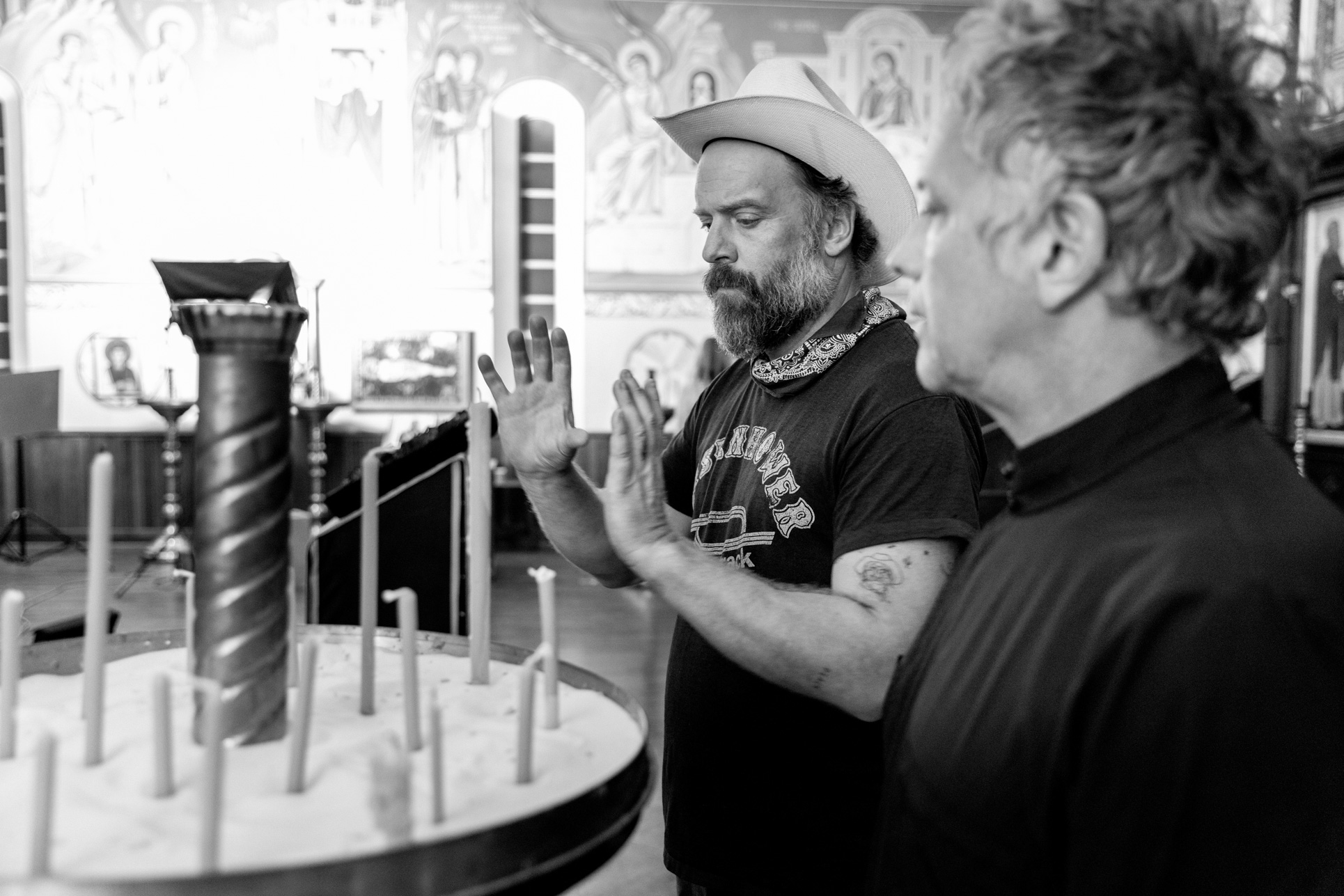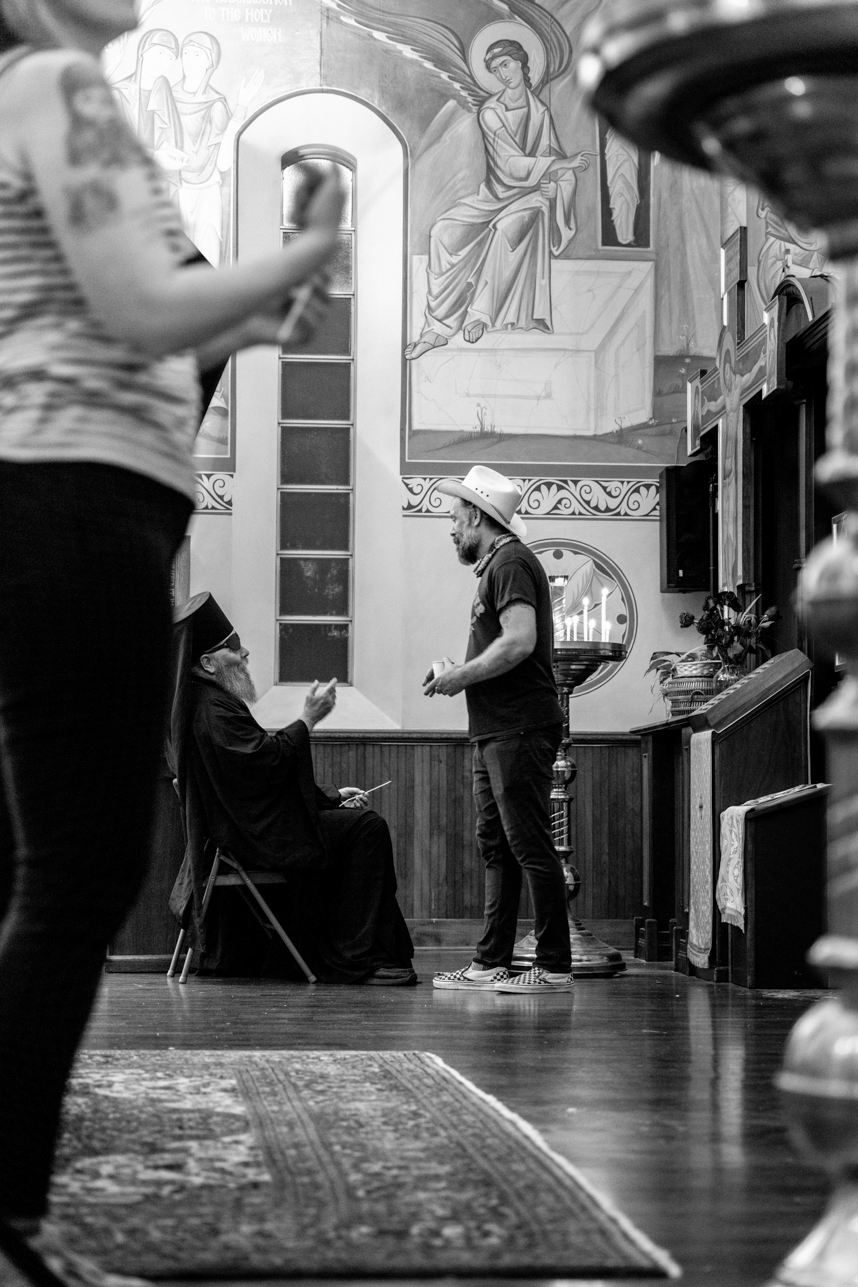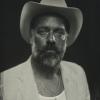El Tonto Por Cristo is the tale of an unlikely saint. A monk in a monastery on the coast of Texas embraces the life of a Holy Fool. Father John couldn’t follow the rules of everyday life and, as a monk, he doesn’t follow the rules of the monastery either. He’s not regarded as being clever or spiritual, but blessed. Father John lives life as an exposed nerve connected to the pains of this world. His gift is to miraculously take on the pain of those people who seek him out for comfort. As the miracles increase, however, Father John begins to ages quickly and soon yearns to shed the coils of this life by setting sail beyond the ocean into the blessed realm.
Drawn from the timeless words and tales of Eastern Orthodox saints, the simplicity and the miraculous come together in a true story of the journey to sainthood. When I first envisioned El Tonto Por Cristo, I was captivated by the raw, mystical spirituality that emanates from Eastern Orthodoxy. As an artist, I sought to dlve into a world that is profoundly underrepresented in cinema. This film, set against the stark, rugged backdrop of a Texas coastline, brings to life the intimate existence of an Orthodox monastery. Here, amidst the relentless waves and shifting sands, we find an abbot—a soul reader and a "fool for Christ"—along with the men who have chosen a life of quiet devotion and contemplation.
Inspired by the likes of Bergman, Béla Tarr, and Pawlikowski, I aimed to craft a narrative that is both deeply introspective and universally resonant. These masters of cinema have taught me that the true power of film lies not in grandiose gestures but in the subtle, almost imperceptible moments of human experience. With El Tonto Por Cristo, I wanted to capture the essence of a spirituality that feels almost alien to the Western audience yet is the very bedrock of much of Western faith.
The decision to shoot in black and white was not merely an aesthetic choice but a deliberate attempt to strip away the distractions of color, focusing instead on the textures and shadows that mirror the inner lives of our characters. In doing so, I hoped to create a visual language that speaks to the soul's journey—a journey marked by both darkness and light, simplicity and profundity.
Eastern Orthodoxy, with its rich tapestry of rituals, icons, and mystical traditions, oNers a profound exploration of faith and humanity. This film is a tribute to the 250 million Eastern Orthodox Christians around the world, whose stories and spiritual practices remain largely untold in the Western cinematic narrative. Through the eyes of our abbot and his fellow monks, we glimpse a world where faith is not just a set of beliefs but a living, breathing presence that permeates every aspect of life.
In El Tonto Por Cristo, we are invited to witness the profound mysteries of faith through the lives of men who have dedicated themselves to a higher calling. It is a film about the sacred and the mundane, the seen and the unseen, and the eternal struggle of the human spirit. My hope is that this film will not only shed light on the beauty of Eastern Orthodox spirituality but also resonate with anyone who has ever grappled with the mysteries of existence.
In creating this film, I sought to honor the rich heritage of Eastern Christianity and oNer aglimpse into a world where mystery, faith, and humanity are intertwined. It is a story inspired by true accounts, and I am deeply humbled to bring it to the screen. This is for the millions of Eastern Orthodox believers whose faith has quietly shaped the world, and for all who seek to understand the profound depths of the human spirit.
